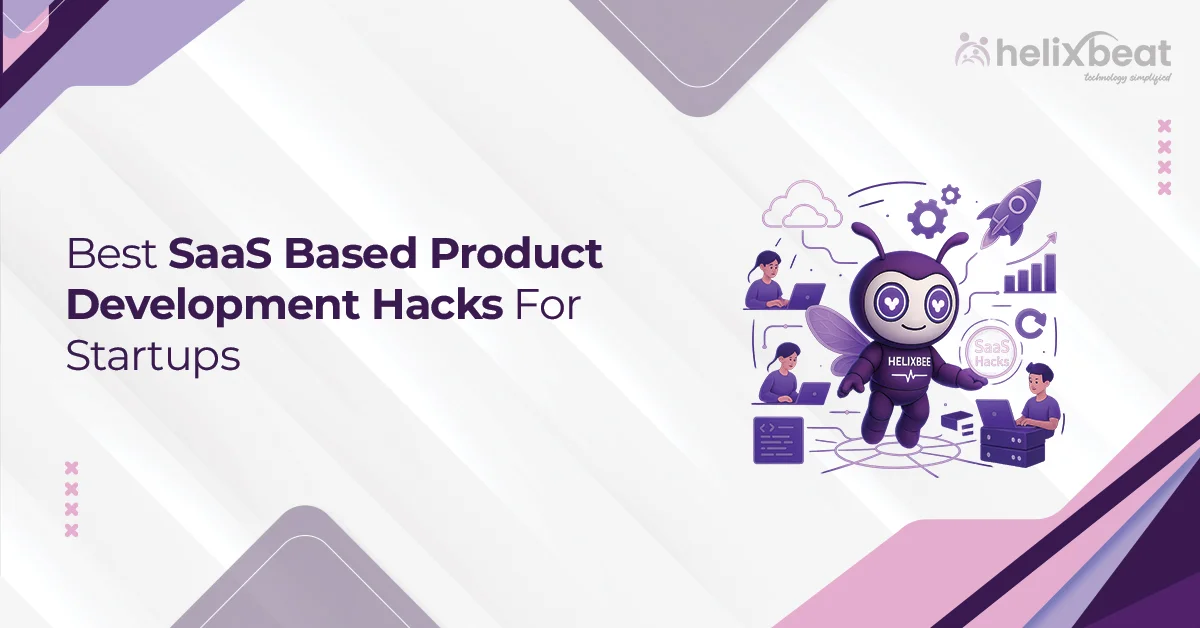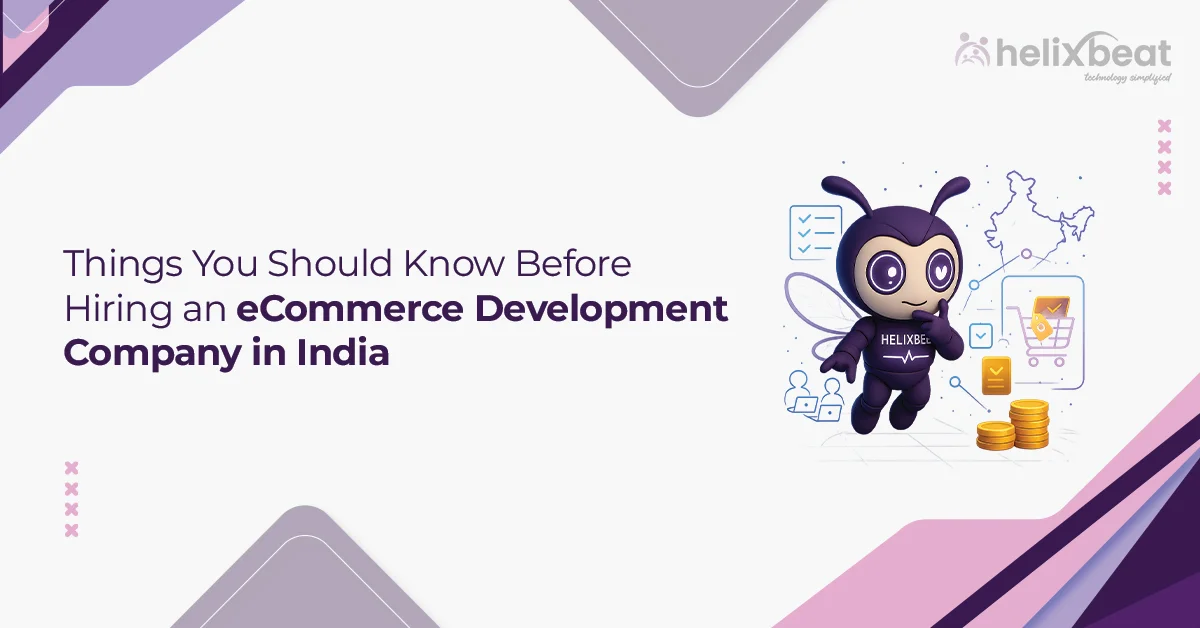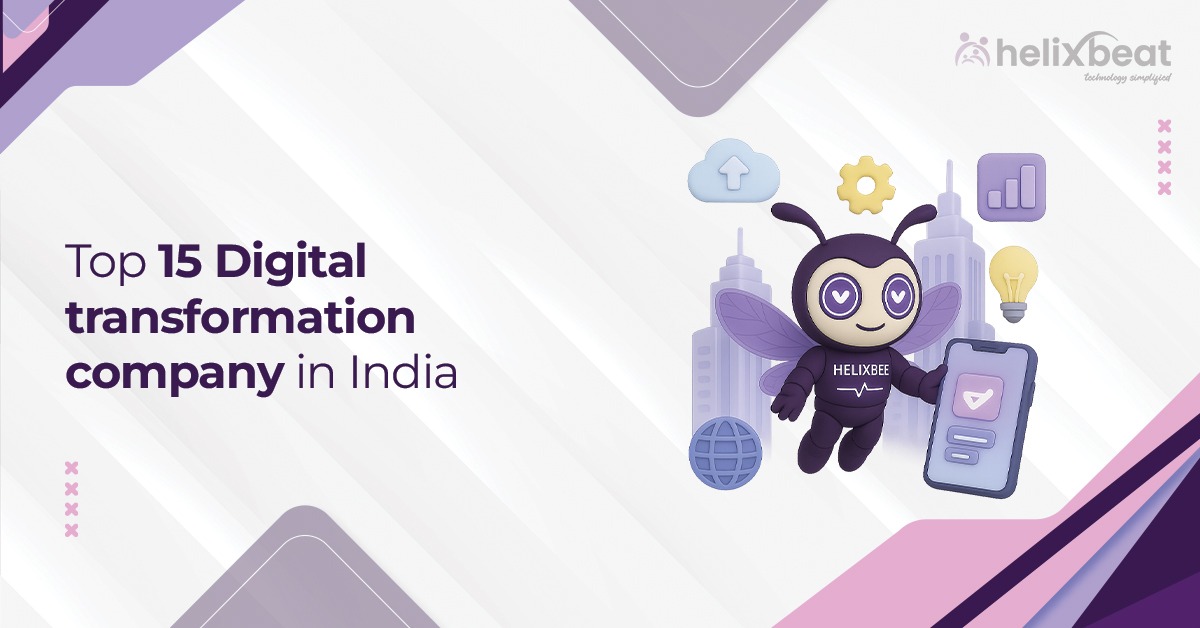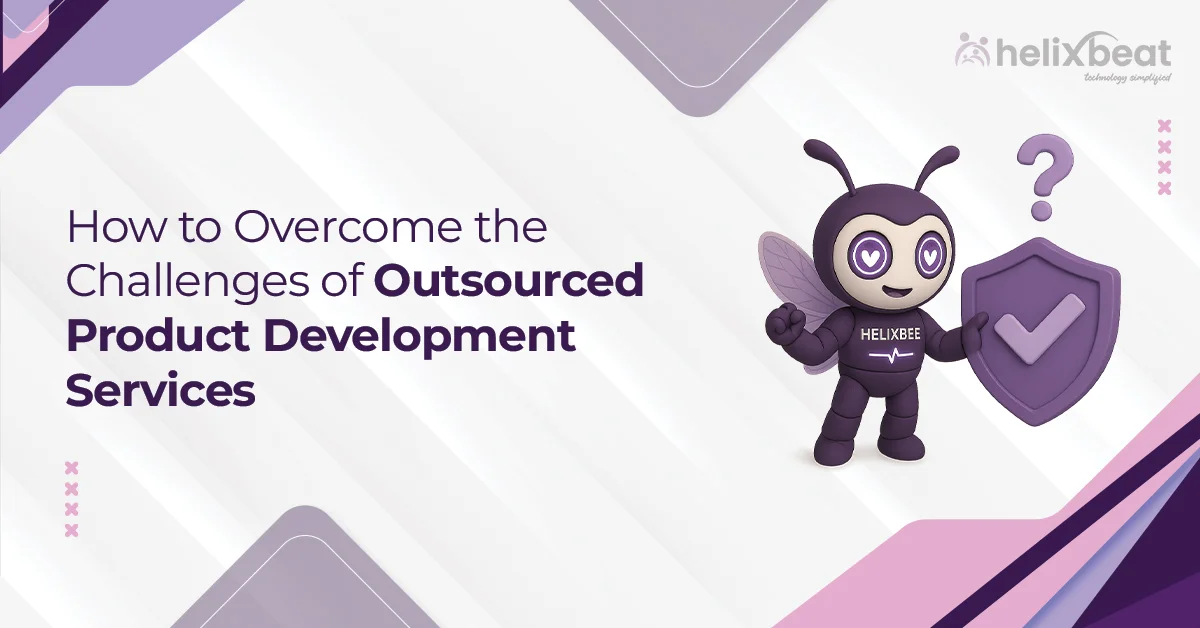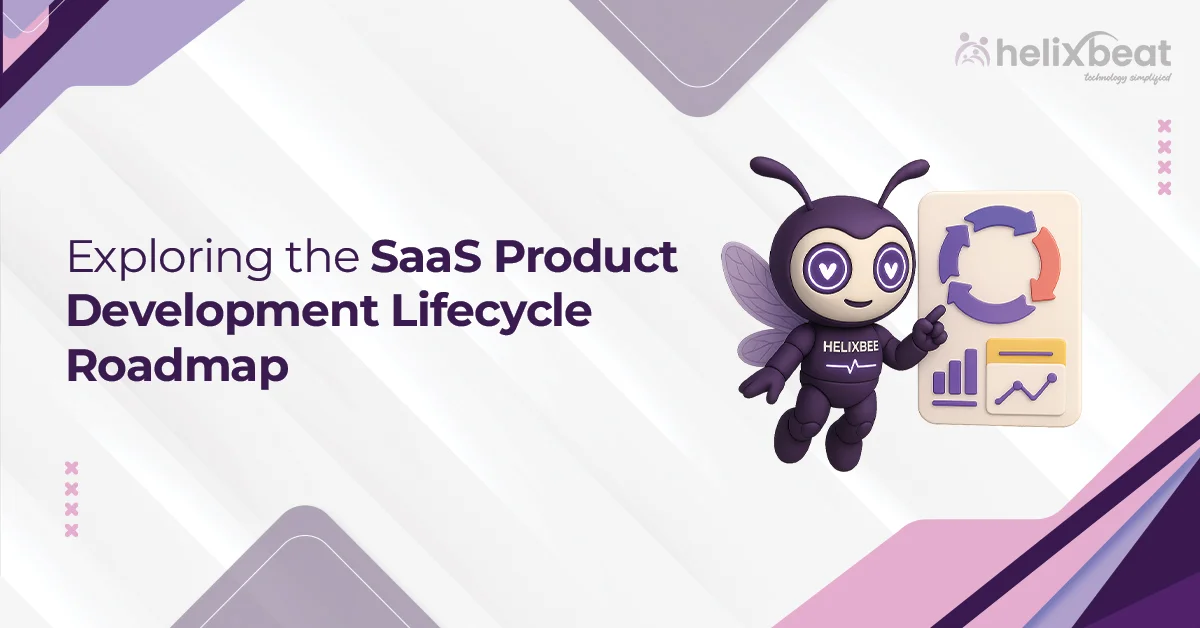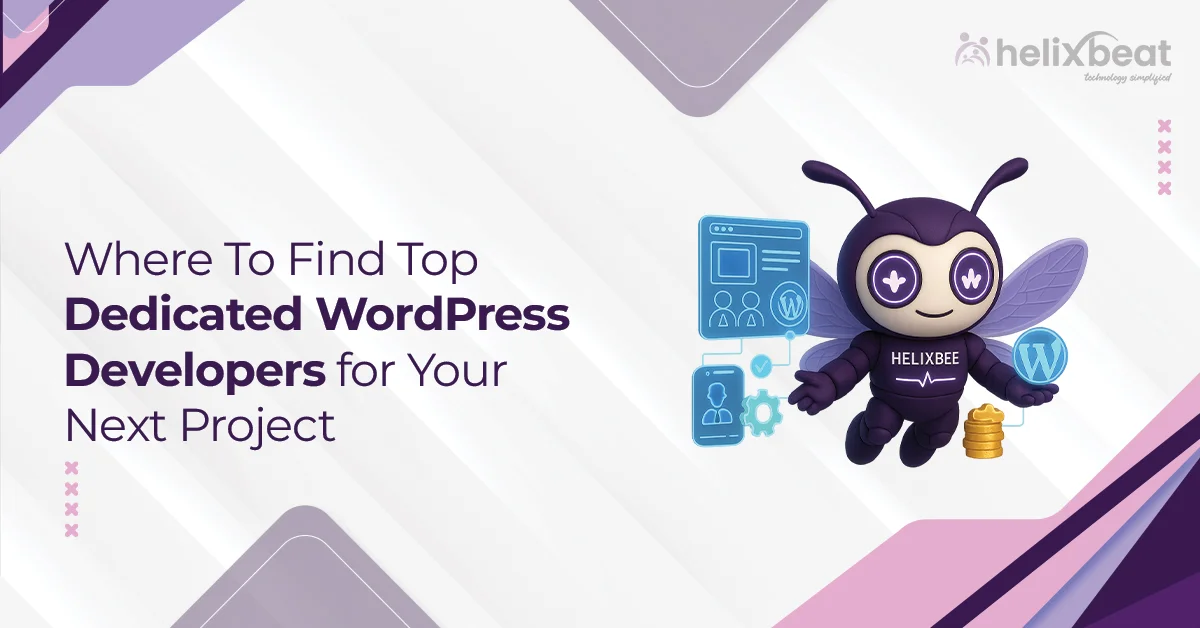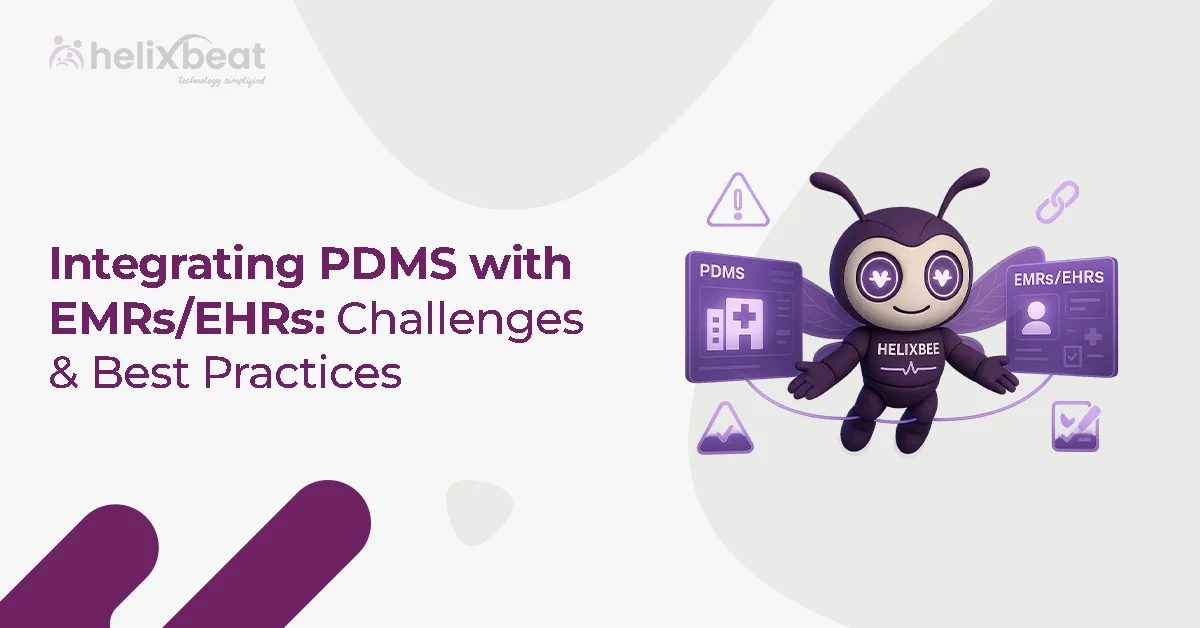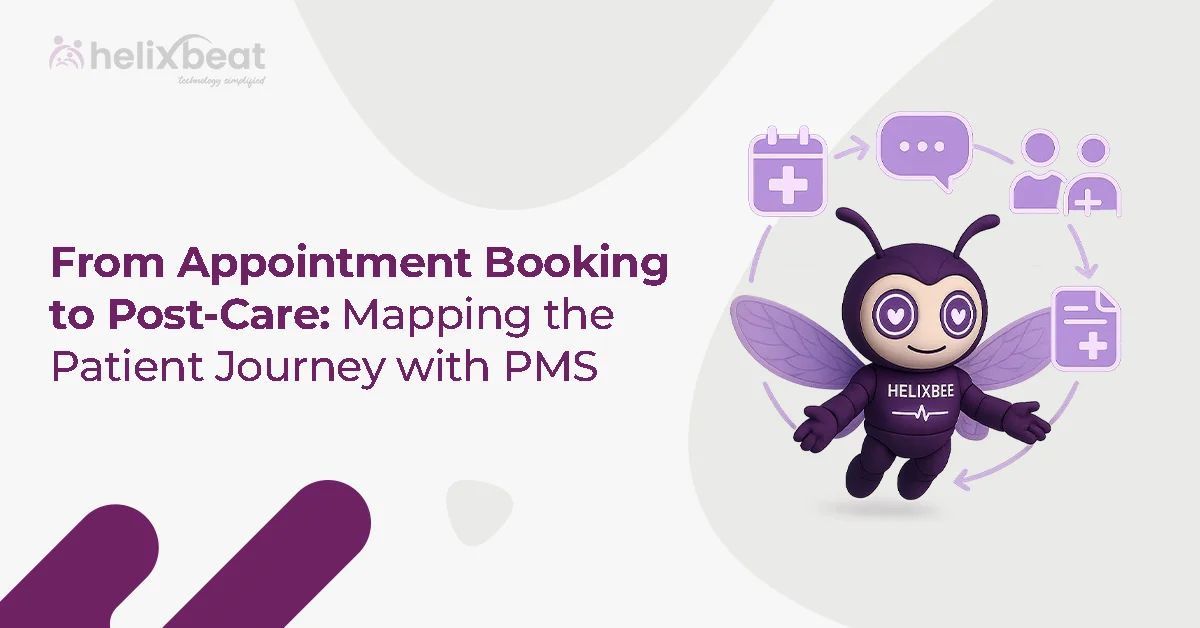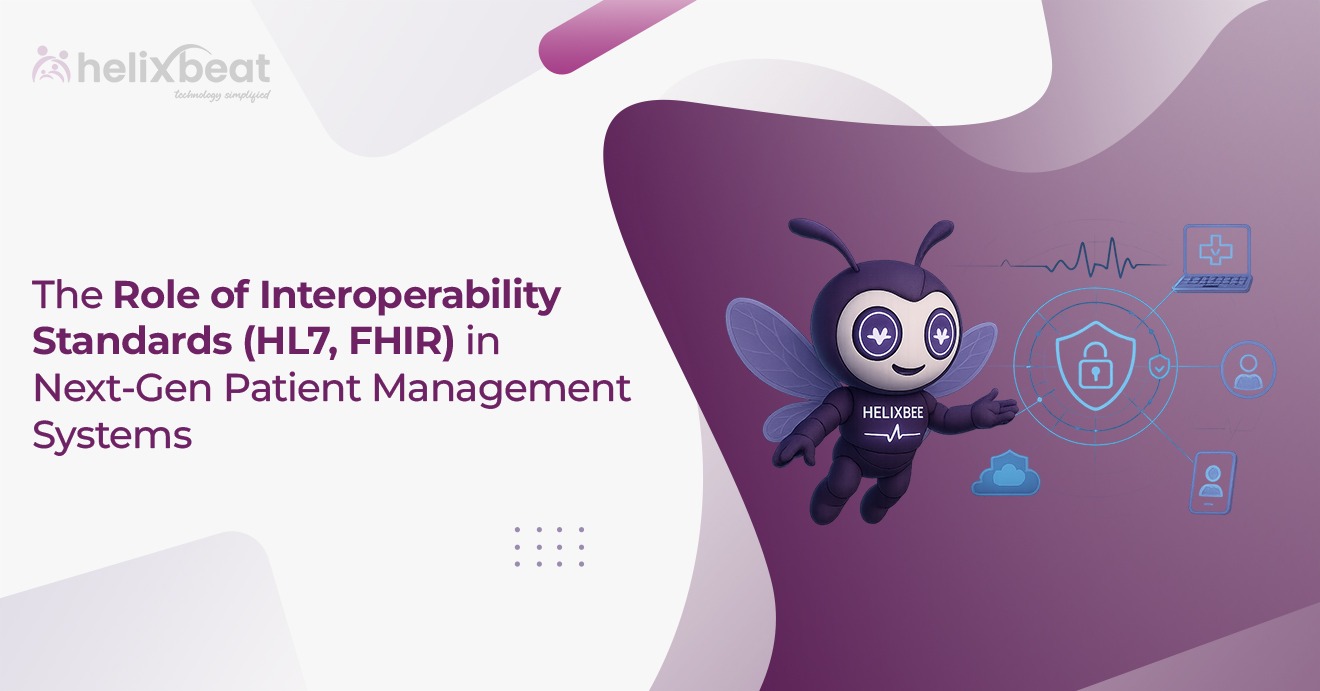The world is more connected than ever, with smart devices transforming everything from daily routines to large-scale industrial operations. But how do businesses create these intelligent, data-driven solutions? The answer lies in IoT product development—a process that turns ordinary devices into powerful, interconnected tools that drive efficiency, improve decision-making, and enhance user experiences.
Consider a logistics company tracking its fleet. Traditional tracking methods provide only static updates, leaving room for inefficiencies and delays. Now, imagine equipping those vehicles with IoT sensors that deliver real-time location updates, fuel consumption insights, and predictive maintenance alerts. This transformation optimizes fleet management, reduces operational costs, and minimizes downtime—all made possible through IoT product development services.
Table of Contents
The Growing Role of IoT in Business Transformation
Businesses across industries are leveraging IoT product development to enhance automation, optimize workflows, and unlock new revenue streams. With smart connectivity, organizations can collect valuable data and make faster, more informed decisions.
Why Businesses Are Investing in IoT Product Development?
- Operational Efficiency – Automates processes, reducing human intervention and boosting productivity.
- Cost Savings – Predictive maintenance helps prevent costly repairs and minimizes downtime.
- Enhanced User Experience – Personalized services based on real-time data improve customer satisfaction.
- Data-Driven Insights – IoT-enabled analytics help businesses refine strategies and make informed decisions.

Real-World Use Cases of IoT Product Development
IoT product development is driving innovation across industries, enabling businesses to improve efficiency, enhance user experiences, and make data-driven decisions. Here’s how IoT is transforming different sectors:
1. Smart Manufacturing: How Can IoT Improve Production Efficiency?
IoT is revolutionizing manufacturing by enabling real-time monitoring, predictive maintenance, and process automation. Smart factories leverage IoT sensors to track machine performance, detect failures before they occur, and optimize production lines. These capabilities help manufacturers reduce downtime, minimize waste, and increase productivity.
Example: A leading IoT product development company implemented IoT-enabled predictive maintenance for a manufacturing plant, reducing machine failures by 40% and cutting maintenance costs.
2. Healthcare: Can IoT Improve Patient Care?
Hospitals and clinics are adopting IoT product development services to enhance patient monitoring and treatment. Wearable health trackers, remote patient monitoring systems, and connected medical devices allow healthcare providers to track patient vitals in real time, ensuring timely interventions.
Example: A healthcare startup partnered with an IoT product development company to develop a smart ECG monitor that transmits live heart data to doctors, reducing response times during emergencies.
3. Smart Homes: How Do IoT Devices Make Life Easier?
IoT-powered smart home automation solutions allow users to control lighting, security systems, thermostats, and appliances remotely using voice commands or mobile apps. These solutions improve energy efficiency, enhance home security, and provide convenience.
Example: A smart home company utilized IoT product development services to integrate AI-powered automation, enabling automated climate control and adaptive lighting based on user preferences.
4. Logistics & Supply Chain: How Does IoT Optimize Fleet Management?
IoT-enabled GPS tracking, inventory management, and environmental sensors provide logistics companies with real-time shipment tracking, fuel optimization, and route efficiency insights. This helps in reducing operational costs, improving delivery accuracy, and enhancing supply chain visibility.
Example: A global logistics firm leveraged an IoT product development company to deploy IoT-powered fleet tracking, reducing fuel consumption by 15% and optimizing delivery routes.
5. Retail: How Does IoT Enhance Customer Experiences?
Retailers use IoT product development to implement smart shelves, automated checkouts, and personalized shopping experiences. Sensors track inventory levels in real time, ensuring that high-demand products are always stocked. Automated checkout systems streamline the purchasing process, reducing wait times.
Example: A retail chain partnered with an IoT product development company to introduce AI-powered checkout kiosks and smart shelf monitoring, increasing sales and reducing stockouts.

The IoT Product Development Process
Developing a successful IoT solution requires a structured approach that ensures efficiency, security, and seamless integration. Here’s a step-by-step breakdown of the IoT product development process followed by leading IoT product development companies.
1. Understanding Business and User Requirements
The first step in IoT product development is defining business objectives and user expectations. Companies collaborate with an IoT product development company like Helixbeat to create solutions tailored to industry-specific challenges. This stage involves:
- Identifying core business problems that IoT can solve.
- Outlining required device functionalities.
- Setting key performance benchmarks.
2. Designing the IoT Architecture
A well-structured IoT architecture is the backbone of any IoT solution. This phase involves designing both hardware and software components for optimal performance.
Key considerations include:
- Hardware Selection: Choosing sensors, embedded systems, and gateways for data collection.
- Software Development: Implementing cloud platforms, real-time data processing, and user interfaces.
- Connectivity Options: Evaluating Wi-Fi, Bluetooth, LPWAN, and 5G for seamless data transmission.
3. Developing Prototypes and Proof of Concept (PoC)
Before full-scale development, IoT product development services include prototype creation and PoC testing. These validate the feasibility, usability, and scalability of the solution.
- Prototypes help in evaluating early-stage functionality.
- PoC Testing ensures the solution aligns with business goals before mass production.
4. Software and Hardware Integration
Seamless communication between IoT devices, cloud platforms, and data analytics tools is critical for a scalable IoT solution. The integration phase includes:
- Embedding real-time data exchange capabilities between devices and cloud storage.
- Ensuring cross-platform compatibility for smooth interaction with existing enterprise systems.
- Implementing scalable infrastructure to support future business growth.
5. Security and Compliance Implementation
With IoT networks processing vast amounts of sensitive data, IoT product development services must incorporate robust security protocols. Key security measures include:
- Data Encryption: Protecting information from unauthorized access.
- Secure Authentication: Using multi-factor authentication (MFA) for device and user access.
- Regulatory Compliance: Ensuring adherence to GDPR, HIPAA, and other industry standards.
6. Testing and Deployment
Comprehensive testing ensures the IoT solution functions as expected before deployment. This phase involves:
- Performance Testing: Evaluating response times and system scalability.
- Security Testing: Identifying vulnerabilities and applying fixes.
- Usability Testing: Ensuring a smooth user experience across different platforms.
Once testing is successful, the product is deployed with continuous monitoring to track performance and detect potential issues.
7. Post-Launch Support and Optimization
Even after deployment, IoT product development companies provide ongoing support to ensure product longevity and efficiency.
- Monitoring & Maintenance: Regular software updates and performance optimization.
- Data Analytics & Insights: Using AI-powered tools to extract actionable business insights.
- Scalability Enhancements: Upgrading systems to handle increased data volumes as the business grows.

Why Choose Helixbeat for IoT Product Development?
Helixbeat is a trusted IoT product development company that delivers end-to-end solutions, ensuring businesses can seamlessly integrate smart devices, automate processes, and scale their IoT ecosystems.
1. Custom, Scalable Solutions
Helixbeat specializes in IoT product development services tailored to specific industry needs. Whether it’s a startup launching its first IoT device or an enterprise scaling an existing network, Helixbeat ensures adaptable and future-proof solutions.
2. Expertise in Seamless IoT Connectivity
Connectivity is at the core of successful IoT product development. Helixbeat provides seamless integration between devices, cloud platforms, and analytics tools, enabling businesses to harness real-time data insights. With expertise in edge computing, API integration, and wireless protocols, Helixbeat ensures smooth data flow across IoT ecosystems.
3. Innovation-Focused Approach
As an innovation-driven IoT product development company, Helixbeat continuously enhances its solutions by incorporating AI, blockchain, and automation. Businesses can leverage cutting-edge IoT technology to improve efficiency, customer experiences, and decision-making.
4. Robust Security Frameworks
Security is a top priority in IoT product development services. Helixbeat implements multi-layered security frameworks, including end-to-end encryption, role-based access control, and compliance with GDPR, HIPAA, and other industry standards. These measures safeguard sensitive data and prevent cyber threats.
5. 24/7 Support and Maintenance
Post-deployment, Helixbeat ensures IoT product development success through continuous monitoring, real-time troubleshooting, and software updates. With 24/7 support, businesses can minimize downtime, maintain system efficiency, and ensure seamless IoT operations.

The Future of IoT is Here!
IoT product development is transforming industries by driving automation, enhancing efficiency, and enabling data-driven decision-making. From smart factories optimizing production to connected healthcare devices improving patient care, IoT is reshaping how businesses operate and deliver value.
At Helixbeat, we specialize in IoT product development services that help businesses build scalable, secure, and future-ready solutions. Whether you’re looking to streamline operations, enhance customer experiences, or unlock new revenue opportunities, partnering with an experienced IoT product development company like Helixbeat ensures long-term success in an increasingly connected world.
Are you ready to embrace IoT-driven innovation? Contact Helixbeat today and take the next step in your digital transformation!
FAQs
1. What is IoT product development?
IoT product development involves designing and creating connected devices that collect, process, and transmit data to optimize business operations.
2. How do IoT solutions improve efficiency?
By automating processes, providing real-time data insights, and enabling predictive maintenance, IoT reduces downtime and enhances productivity.
3. What industries benefit from IoT solutions?
Industries like manufacturing, healthcare, logistics, smart homes, and retail benefit from IoT-driven automation and connectivity.
4. How does Helixbeat ensure IoT security?
Helixbeat implements encryption, secure authentication, and compliance measures to safeguard IoT networks from cyber threats.
5. What are the key components of an IoT solution?
IoT solutions include devices, connectivity, cloud computing, data analytics, and security frameworks.
6. How long does it take to develop an IoT product?
Timelines vary based on complexity, but Helixbeat’s agile approach accelerates development while maintaining high quality.
7. Can IoT integrate with existing business systems?
Yes, IoT solutions can seamlessly integrate with ERP, CRM, and other enterprise systems.
8. What are the costs associated with IoT product development?
Costs depend on hardware, software, connectivity, and customization needs.





